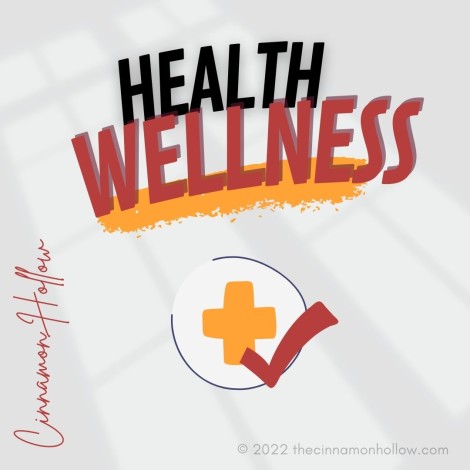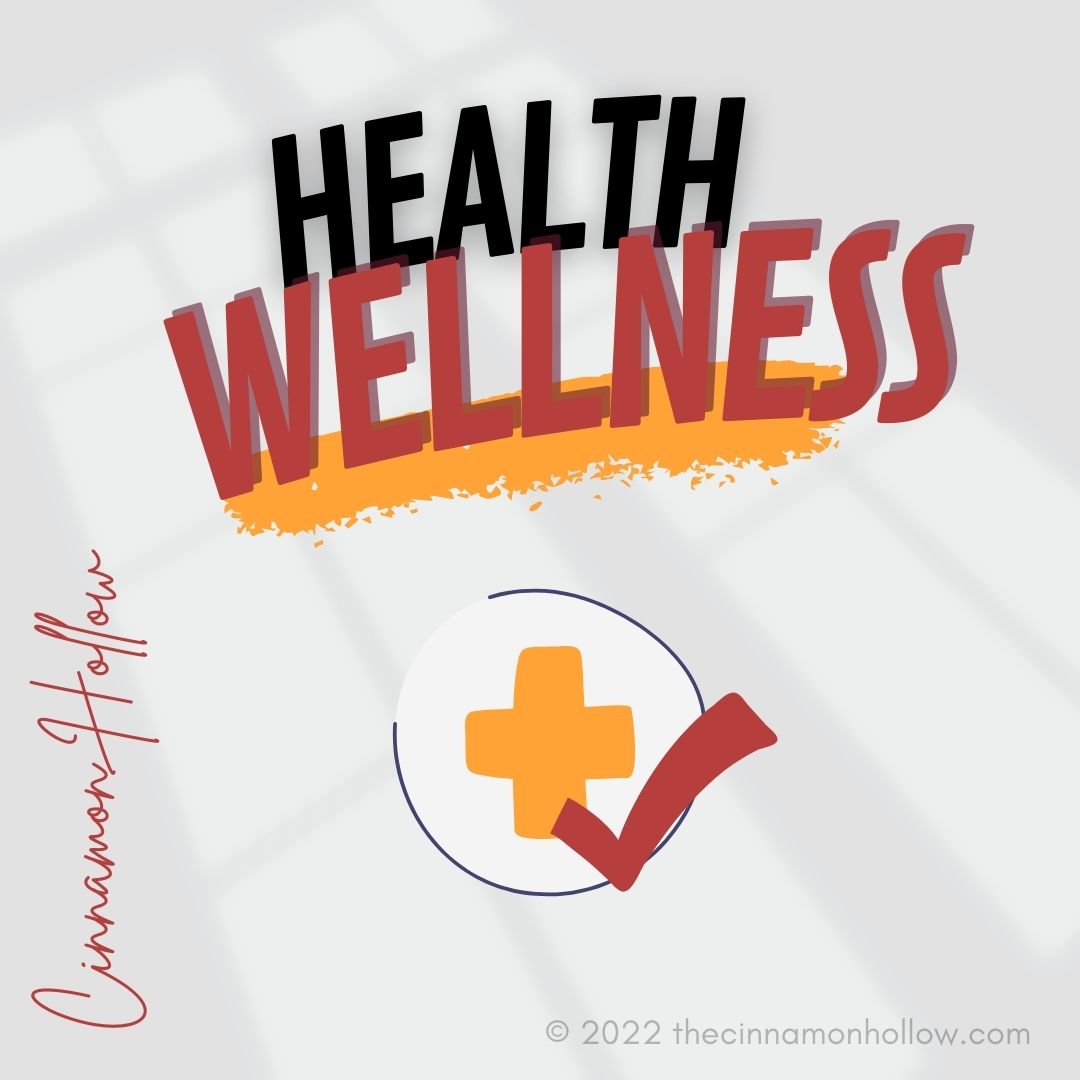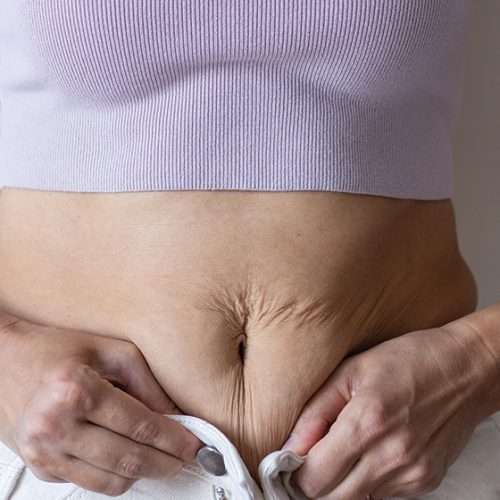Baby food is supposed to nourish children and promote healthy development. Unfortunately, this is rarely the case now, as many popular manufacturers were found to allow toxic metals in their products. Four years ago, a Healthy Babies Bright Futures study found that a whopping 95% of the baby food on the market contained at least one heavy metal. This prompted the Subcommittee on Economic and Consumer Policy to conduct a thorough investigation, the results of which were made public in 2021. The congressional report exposed four major baby food manufacturers for turning a blind eye to the enormous arsenic, cadmium, lead, and mercury levels in their raw ingredients.
To understand how severe the issue of heavy metals in baby food is, take a look at some of the most alarming findings of the congressional report:
- Hain Celestial Group, which sells baby food under the brand name Earth’s Best Organic, allowed 309 ppb arsenic in its raw ingredients when the safe limit is only 10 ppb
- Beech-Nut, which has been manufacturing baby food since 1931, allowed 886 ppb lead in its raw ingredients when the safe limit is just 5 ppb
- Gerber, which sells baby food under the same name, allowed 87 ppb cadmium in its raw ingredients when the safe limit is also 5 ppb
Exposure to heavy metals by ingestion has a strong association with autism spectrum disorder, as these substances are neurotoxic, meaning they can wreak havoc on children’s developing brains. Furthermore, exposure to heavy metals can result in permanent decreases in IQ, reduced future economic productivity, and a higher risk of future criminal and antisocial behavior in children, according to the congressional report. Infants and toddlers have a greater nutrient uptake by the gastrointestinal tract and underdeveloped detoxification systems, making them vulnerable to heavy metals’ toxicity. Once inside the body, heavy metals create free radicals and oxidative stress, which most children with autism have.
In the summer of 2022, the FDA analyzed 384 baby food samples, of which 51% had a detectable arsenic level. The highest arsenic concentrations lurked in puffed snacks, infant cereals, and teething biscuits. Moreover, the agency discovered cadmium in 65% of the baby food tested and lead in 21% of the products. Baby food had higher arsenic and lead concentrations than regular food. While the FDA devised the Closer to Zero plan to minimize the content of toxic metals in baby food, the agency’s strategy is problematic and sluggish. It would regulate heavy metals in baby food only in 2024 or even later, which is unacceptable, as children need clean food immediately.
The latest development in this regard is that the FDA proposed new levels for lead in baby food in January of this year. However, Jane Houlihan, the national director of science and health for Healthy Babies Bright Futures, is of the opinion that the proposed levels are too high. “The FDA hasn’t done enough with these proposed lead limits to protect babies and young children from lead’s harmful effects. There is no known safe level of lead exposure, and children are particularly vulnerable,” Houlihan said.

4 Simple Tips on Reducing Your Child’s Intake of Heavy Metals
Reducing the content of heavy metals in your child’s diet is simpler than you think. These are four tips on how to feed your infant or toddler cleaner and safer food.
1. Breastfeed for as Long as You Can to Delay the Need for Baby Food
Although 80% of women in our country breastfeed, as pediatricians recommend, few continue to do so for one year or longer. Not only will breastfeeding delay your child’s need for baby food, but it will also greatly benefit your baby. Breastfeeding entails a lower risk of asthma, diabetes, sudden infant death syndrome, obesity, lung infections, stomach bugs, and ear infections for the baby. It has many benefits for mothers, too, as you will have a reduced risk of breast cancer, high blood pressure, and ovarian cancer.
2. Use Natural Alternatives to Commercial Baby Food
The following easy and clever ways of minimizing the heavy metal concentration in your child’s diet come from the study “What’s in My Baby Food?” by Healthy Babies Bright Futures.
- replace rice snacks with rice-free snacks to lower the toxic metal content by 93%
- replace fruit juice with water to reduce the heavy metal content by 68%
- replace teething biscuits with a cold banana to lower the toxic metal content by 91%
- replace sweet potatoes with other fresh produce to reduce the heavy metal content by 73%
3. Give Your Baby Rice Just Occasionally
Rice is known to contain a lot of arsenic, as it can absorb up to 20 times more of this heavy metal than any other crop. When cooking rice for your baby, make sure to use a lot of water and drain it when the meal is done. This will reduce the arsenic content. Alternatively, you can use basmati or sushi rice, as they have a lower arsenic content than regular rice.
4. Choose the Fish You Feed Your Child Carefully
Because some fish contains high mercury concentrations, you should be very careful when picking out the fish you give your child. The best options include anchovies, salmon, pollock, mullet, flounder, plaice, catfish, and haddock. On the other hand, you should avoid swordfish, fresh tuna, marlin, king mackerel, and tilefish.
If you’re still unsure about what food to give your child, by virtue of the Toxic Baby Food Replacement Initiative, you can now request clean, safe, non-toxic baby food manufactured by ethical companies that regularly test for heavy metals and other harmful contaminants. All you must do is fill out the form at the bottom of the page, and someone will contact you shortly for more details.
About the Author
Jonathan Sharp is Chief Financial Officer at Environmental Litigation Group, P.C. The law firm, headquartered in Birmingham, Alabama, specializes in toxic exposure, assisting parents whose children developed autism due to having been fed toxic baby food. Jonathan Sharp is responsible for case evaluation, management of firm assets, and financial analysis.
We are not doctors and this is in no way intended to be used as medical advice and we cannot be held responsible for your results. As with any product, service or supplement, use at your own risk. Always do your own research before using.
Chief Financial Officer at Environmental Litigation Group, P.C. The law firm, headquartered in Birmingham, Alabama, specializes in toxic exposure, assisting parents whose children developed autism due to having been fed toxic baby food. Jonathan Sharp is responsible for case evaluation, management of firm assets, and financial analysis.







